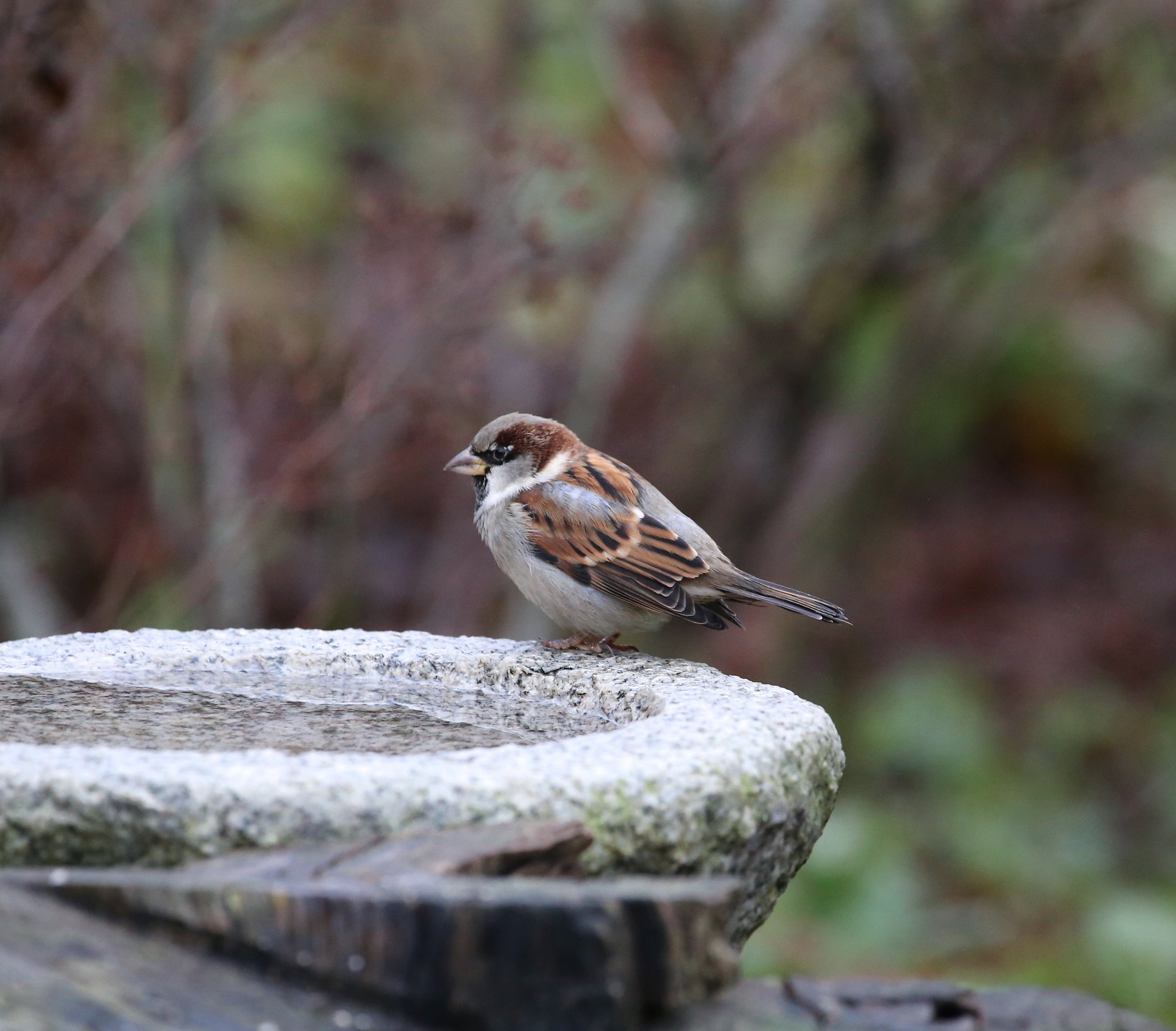Gardening for Wildlife
"If you build it, they will come." Build what? A field for baseball playing ghosts? Nope! I'm talking about a garden for wildlife. Growing a garden to help support wildlife can boost the biodiversity of the surrounding area, create entertaining viewing opportunities, and even increase the value of your home. Here are the key items to consider when planning a garden for wildlife.
Food
All living organisms need food. Ideally in a wildlife garden, a significant food source is the plants themselves. For example, native milkweeds help support monarch butterflies, and native grasses can provide seeds for birds. However, you might also want to supplement natural food sources with feeders for birds, squirrels, and even butterflies.
Water
Wildlife needs clean drinking water. Birds also need to bathe to keep their feathers in perfect condition. Other species like amphibians and insects needs water to breed and raise their young. A simple birdbath is a good start for supplying water to your wildlife garden. A step up is creating a water garden or pond that can support a larder variety of critters.
Cover
Beyond the basics, like birdhouses, wildlife needs places to find shelter from weather extremes like torrential spring rains and summer heat. They also need place to hide from predators while predators need places to hide to successfully hunt prey. Native vegetation, trees, shrubs, thickets, and brush all provide much needed cover. Even a dense, grassy meadow can create cover for field mice.
Young
Wildlife need a place to raise their young. Many place used for cover do double duty as locations for raising young. For example, wildflower meadows and bushes are often where butterflies lay their eggs. Growing a wildlife-friendly landscape is primarily about helping wildlife survive. Providing food, water, and cover will also support their reproduction and rearing offspring.
Sustainability
Providing the four components above of a wildlife-friendly habitat will create a wonderful, inviting garden for you and native species, but how you manage your garden is important too. Maintaining your garden in an environmentally-friendly way ensure that the soil, air, water, and wildlife stay healthy. This goes beyond using organic growing methods to soil and water conservation and also controlling invasive species.
If you keep these five main points in mind and go the distance, you can build your own field of dreams for wildlife. Once you've done that, you can actually get your gardening efforts recognized. There are many local, state, and national organizations where you can certify your new wildlife habitat.
Images via pxhere



